Dance cards are small, decorative, booklets that were used in the 19th and early 20th century for a young woman to record the names of the gentlemen she would dance with at a formal ball. Each song played would have a space for the woman to write down the name of the man she would dance with for that song. Dance cards are believed to have become popular in the 19th century in Vienna during large balls. The cards were designed to hang from the wrist or dress of the young woman, using a cord attached the card. Often the cards would also have a pencil attached so as to make adding names more convenient.
D’Youville has a wonderful collection of dance cards that range from as early as 1912, all the way into the 50’s. Although many of the cards are made out of paper, a few have velvet and even hammered metal covers. The dance cards give us a view into what student life was like early in the college’s history.
*The images above are a small sample of the Dance Card Collection. Stop by the college archives on the 3rd floor the the Montante Family Library to view the entire collection.




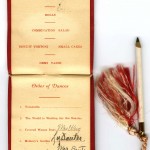
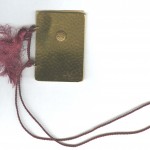

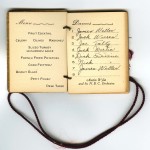

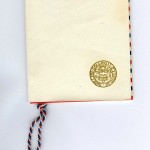
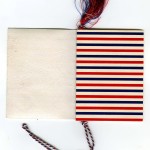

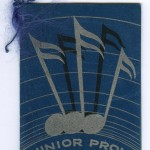


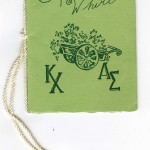
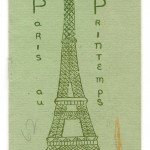
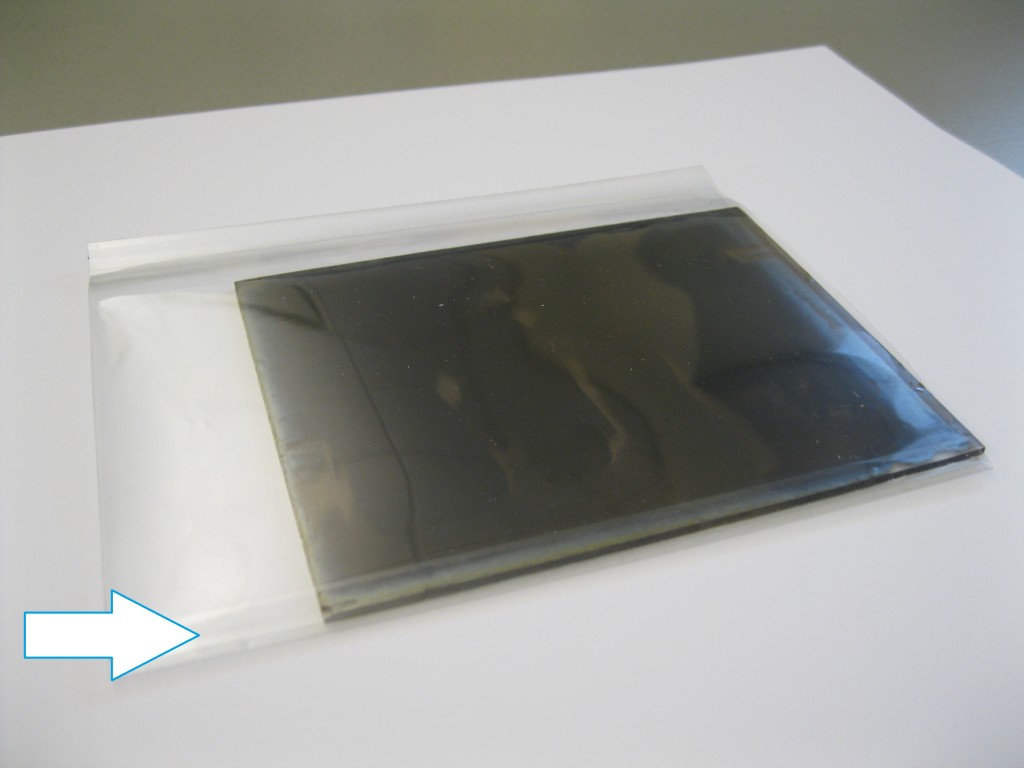


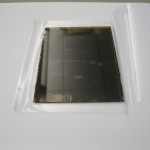
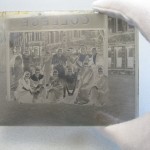
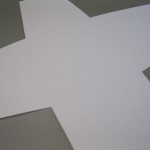
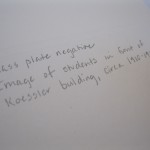
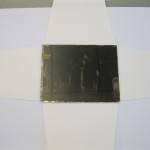


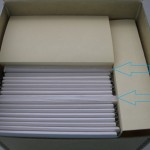
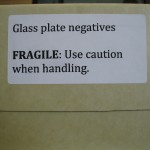
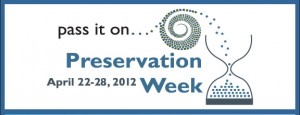 The American Library Association, Society of American Archivists, Library of Congress and other organizations have started the Preservation Week initiative to
The American Library Association, Society of American Archivists, Library of Congress and other organizations have started the Preservation Week initiative to